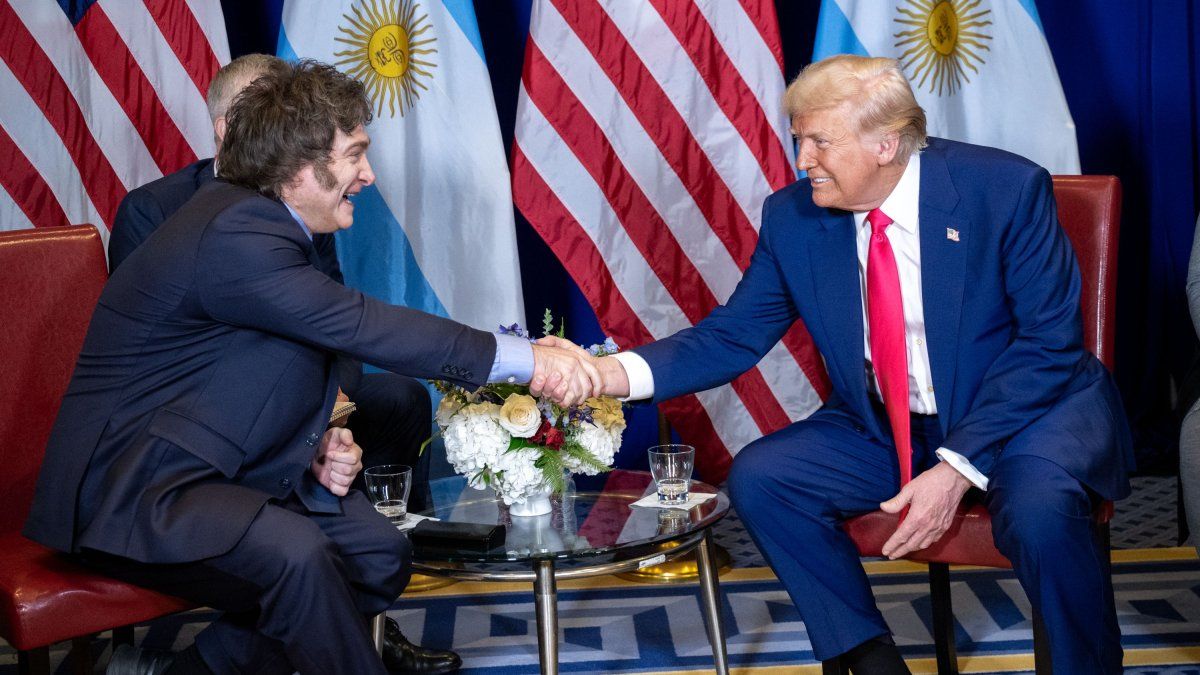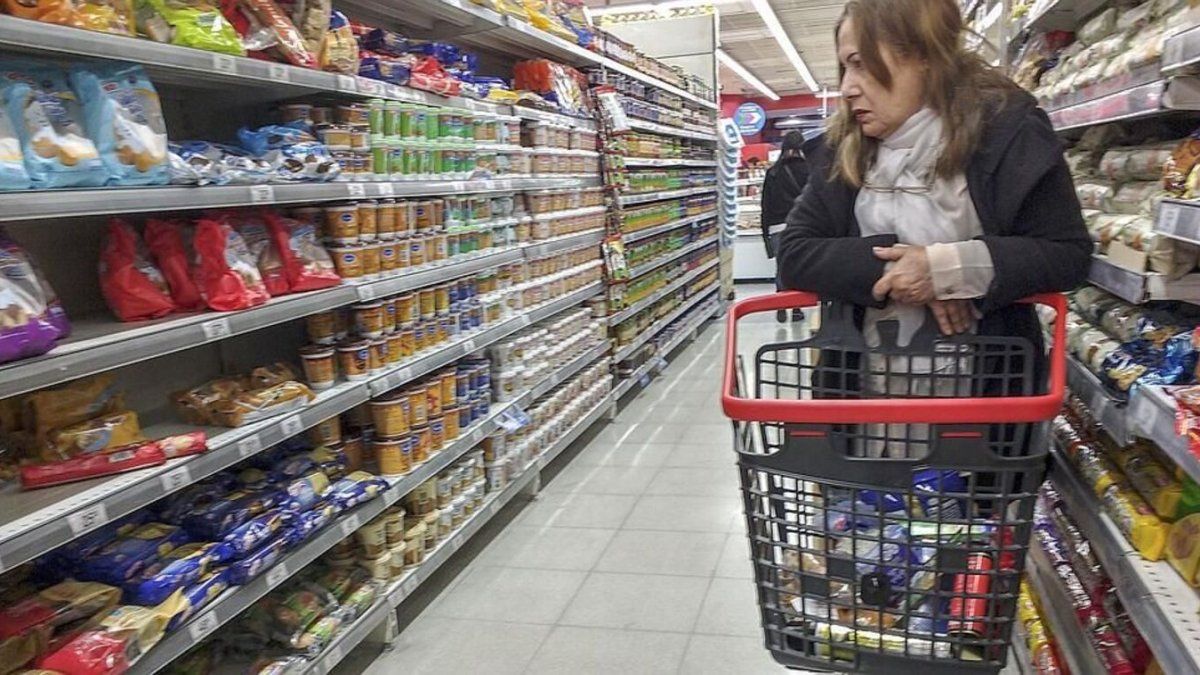It was just an empty yoghurt pot, now it’s becoming a toy for children: plastic waste can be recycled. According to a study, large amounts of greenhouse gases can be avoided in this way.
The plastic net around the lemons, the plastic around the three peppers or the yoghurt pot – such everyday packaging is often bad for the climate and the environment. According to a new study, however, greenhouse gas emissions from packaging in Germany could be reduced by 94 percent by 2045. This was the result of a study presented on Thursday by the Institute for Energy and Environmental Research in Heidelberg.
By 2030, emissions could fall by 46 percent compared to 2021. More than half of the savings could be achieved through a climate and energy turnaround, for example through energy-saving production. A large part can also be saved through the type of packaging and the circular economy. Examples of this are lighter packaging or the increased use of recycled plastic.
Unsuitable for food
Plastics obtained from recycling processes are called recyclates. However, they are generally not suitable for new food packaging. “The yoghurt pot in the yellow bag cannot become a new yoghurt pot after recycling,” explains Sandra Völker from the waste disposal company Alba Berlin. Instead, it can be used for toys or stadium chairs, for example.
Reducing waste and recycling it are seen as some of the key cornerstones of Europe’s efforts to build a circular economy. EU-wide recycling targets have been set for the years 2025, 2030 and 2035. Among other things, from 2025 at least 55 percent of so-called municipal waste, i.e. garbage from private households, must be recycled and prepared for reuse. Likewise, 65 percent of all packaging waste must be recycled.
Germany is in a good position in a European comparison: in 2020, 67 percent of municipal waste was recycled, as was 68.1 percent of packaging waste – the respective targets of at least 55 percent by 2025 have already been exceeded. Only the specific recycling target for plastic packaging (50 percent by 2025) has not yet been reached at 46.2 percent in 2020.
The long journey of the yoghurt pot
And the road to recyclate is long, as the example of the yoghurt pot shows: it is taken from the yellow sack to a sorting facility and first thrown onto a large pile of other lightweight packaging. From there, a wheel loader brings shovelfuls of rubbish into a container opener. “He rips open the garbage bags, loosens everything and then it goes onto the conveyor belt,” says Völker. The next step is sorting: the different materials are separated with wind turbines, sieve drums reminiscent of washing machines and also by hand.
“Nowadays, the yoghurt cup often consists of three things. The aluminum lid, the plastic cup and the cardboard around it,” says Völker. “Ideally, you separate all three things at home and throw the cardboard in the paper waste and the lid and cup separately in the recycling bin.” Otherwise the machines would sometimes have problems sorting.
At the Alba Berlin lightweight packaging plant, almost 60 percent of the waste becomes recyclates. 40 percent, on the other hand, goes to thermal recycling, i.e. is incinerated. The resulting energy can be used as electrical energy, heat or process steam.
Source: Stern




